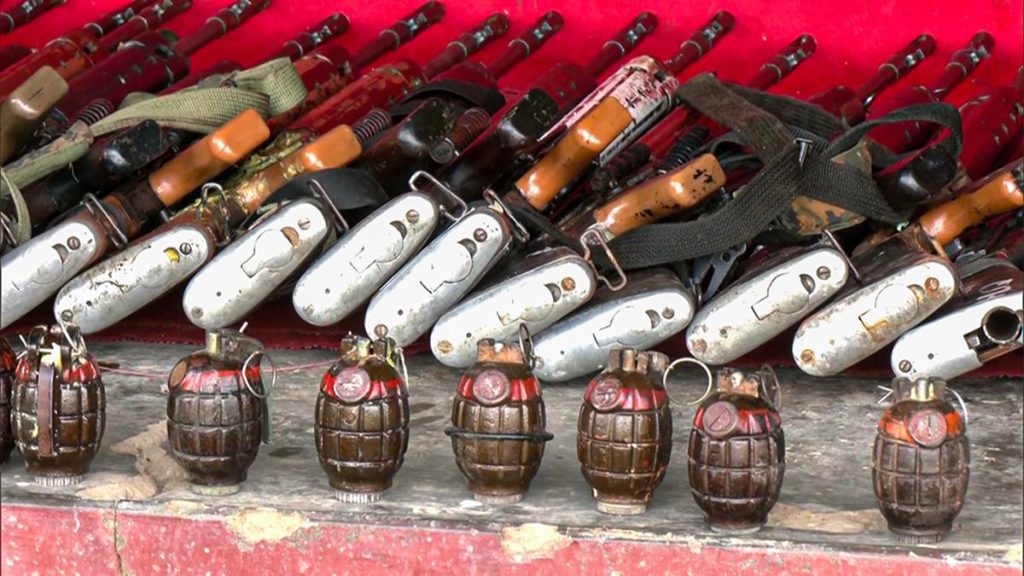Now Reading: Growing Culinary Plants in Unusual Spaces: A Fun New Trend
-
01
Growing Culinary Plants in Unusual Spaces: A Fun New Trend
Growing Culinary Plants in Unusual Spaces: A Fun New Trend

Quick Summary
- Chaos Gardening Trend: Chaos gardening is a modern, sustainable approach to edible gardening that embraces creativity and adaptability. Culinary plants like mint, thyme, garlic, and mushrooms are grown in unconventional spaces such as flower beds, sidewalk cracks, upcycled containers, and food scraps.
- Sustainable Practices: Techniques include growing oyster mushrooms on food waste (e.g., corn cobs or wine corks), cultivating grains in front yards for practical yields (e.g., wheat for flour), and winter sowing using recycled materials for hardier plants under adverse early conditions.
- Innovative Edible Landscaping: Herbs like basil or parsley can be planted alongside ornamentals to attract pollinators. Garlic reduces pest pressure when paired with flowers. Creative planting spots include walkway cracks for hardy creepers like thyme, shady areas under shrubs (e.g.,mint),or vertical spaces with climbing tomatoes on fences.
- DIY Repurposing Ideas: Gardeners use unconventional objects such as rusted wheelbarrows or broken birdbaths as containers for greens. Other examples feature decorative container gardens combining edible crops with ornamental plants (e.g., bay laurel).
Images Included:
- Woman twirling in garden by Brie arthur Link.
Indian Opinion Analysis
The chaos gardening movement introduces an intriguing paradigm of sustainability-driven exploration-a concept that resonates strongly within India’s agricultural context. With increasing urbanization placing immense strain on green spaces in cities like Mumbai and Delhi-and rural communities facing climate unpredictability-innovative low-resource practices such as growing herbs in sidewalk cracks or cultivating oyster mushrooms on food waste could serve as viable solutions.
Moreover, techniques encouraging integration rather than segmentation of ornamental and edible plants could inspire small-scale producers back home who innovate by necessity due to limited land access. Similar DIY resourcefulness seen among indian terrace gardeners could benefit from the trend’s insights into space-saving solutions using vertical setups or repurposed household items.
India’s larger population base also makes practical adaptations critical-notably high-yield microclimate experiments akin performed suitable regions “open-ended adaptability makes sense culturally aligns bijli etc.” Still neutral opinon base..fi

























